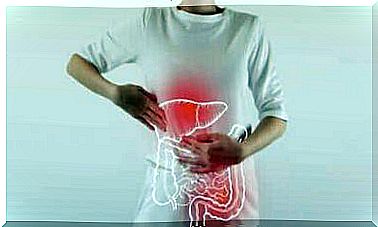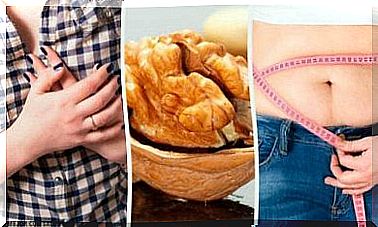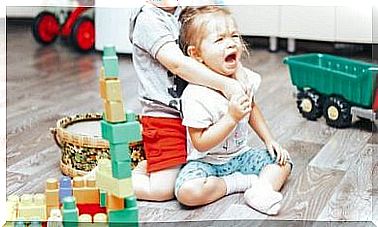Stereotypical Movement Disorders
Stereotypical movement disorders are discovered at a young age, although their causes are difficult to determine. You can find out exactly what this is in this article.

Stereotypical movement disorders are discovered at a young age, although their causes are difficult to determine. You can find out exactly what this is in this article.
According to the guidelines of the diagnostic criteria of the DSM-5, stereotypical movement disorders include repetitive, seemingly directed, and aimless behaviors. These can extend to the social and educational environment of the child who suffers from them.
The disorder is usually diagnosed at an early stage in a child’s development because it occurs then. This gives you the opportunity to treat them as early as possible.
Stereotypical movement disorders and their causes
Often times, the causes of this problem are unclear. In fact, the symptoms that accompany this can be mistaken for other disorders. However, there are a few distinct patterns that shed light on the darkness.
Physiological effects of a substance
There are drugs that, when consumed, can induce the same behavior as in the case of patients with stereotypical movement disorders. Often times, children whose parents use drugs have easy access to them. However, the symptoms usually do not last long unless the child is further exposed to the substances.
Associated disorders
The Lesch-Nyhan-Snydrom is also associated with some of the abnormalities that are also found in stereotypical movement disorders. This also applies to intellectual disabilities or if the patient has suffered any head injury.
The main difficulty is that the disorder is often confused with autism, obsessive-compulsive disorder, or Tourette’s syndrome. Before a diagnosis can be made, relevant examinations are required.
Stereotypical movement disorders: symptoms
The classic symptoms of stereotypical movement disorders include repetitive movements that range from pulling hands, biting nails, rocking movements to putting objects in the mouth and other tics.
Stress, boredom, or frustration can make these behavior patterns worse. In some cases, serious injuries also occur and require immediate treatment.
Stereotypical movement disorders: possible treatments
Appropriate treatment methods are suggested depending on the diagnosis made and whether the stereotypical movement disorders are associated with self-harm.
- Changes in the environment: If the child injures himself / herself, immediate action must be taken, depending on what causes the injury.
- Appropriate medication: It is important to consider the patient’s age in order to prescribe the correct medication. These can include neuroleptics or catecholamine-degrading drugs.
- Psychotherapy: It is of great help and, together with certain behavioral techniques, can lead to positive results. Therapy can be accompanied by one of the previous treatment methods.
The child experiences the greatest impairment in stereotypical movement disorders in their everyday life. The movements are involuntary and often cannot be controlled.
So when receiving such a diagnosis, parents should always be aware that the movements can be permanent. An improvement can be achieved with the aforementioned measures, but the disturbance cannot be completely suppressed.
Have you noticed similar behaviors in your son or daughter? If so, you should contact your pediatrician. He will conduct the necessary investigations to determine the causes and how to fix the problem.









